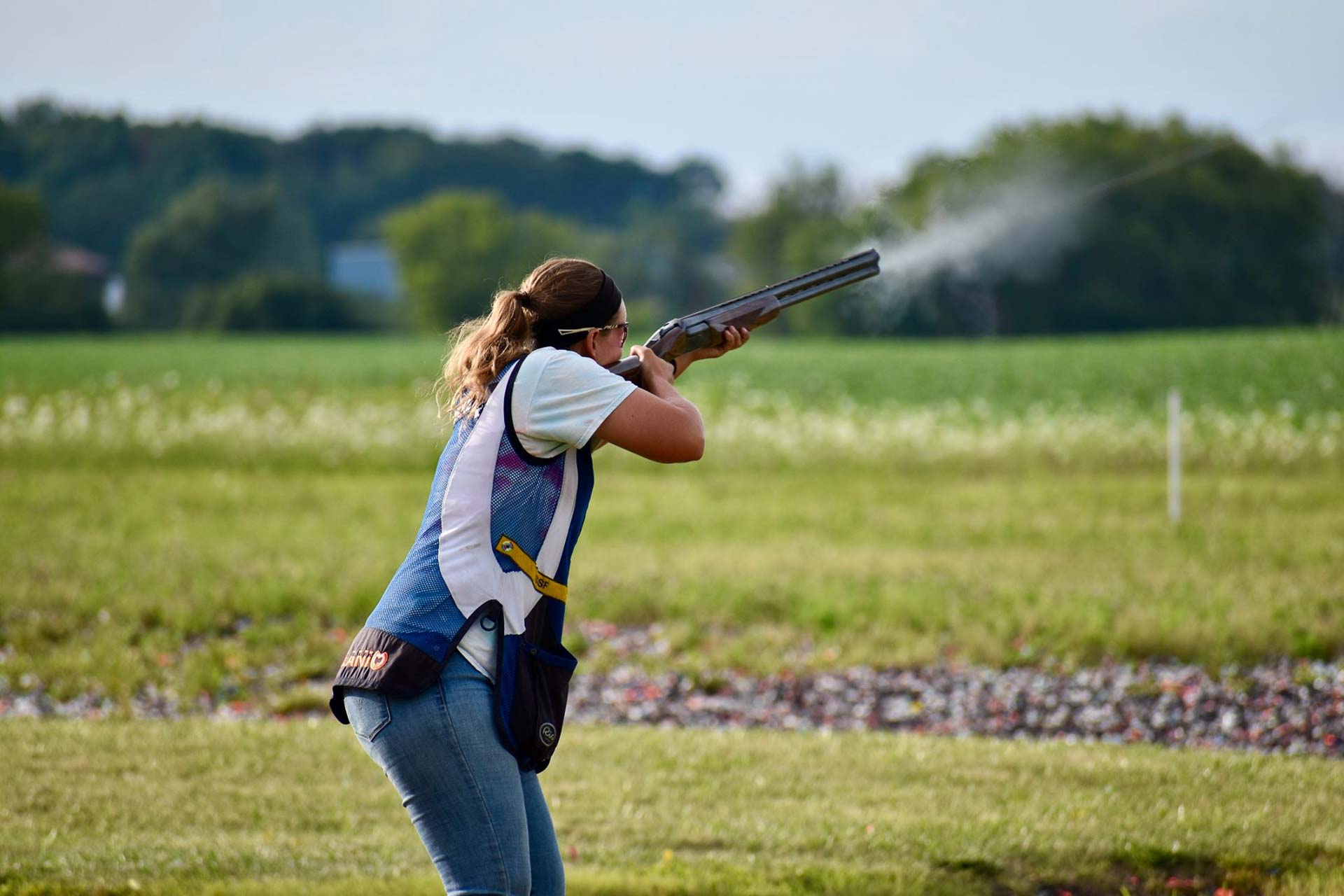
Trap shooting, often referred to simply as “trap,” is a sport that has captivated enthusiasts around the world for centuries. Its roots can be traced back to the 18th century, and its evolution has been marked by technological advancements, international competitions, and a rich cultural history. In this blog, we’ll delve into it’s captivating history.
Early Beginnings
The origins of trap can be linked to the practice of live pigeon shooting, which was popular in England and other European countries during the 18th and 19th centuries. In these cruel events, live pigeons were released from traps and shot at for sport. However, as concerns for animal welfare grew, live pigeon shooting was eventually banned in most countries.
The transition from live pigeons to clay targets, often referred to as “clay pigeons” or “clay birds,” was a significant turning point in the history of the sport. This change gained popularity as a more humane and environmentally friendly alternative.
The Birth of Trap Shooting
In the late 19th century, trap shooting emerged as a distinct discipline within clay target shooting, involving the use of mechanical devices to launch clay targets into the air at various angles and speeds. Shooters take turns attempting to break the targets, and the complexity lies in the unpredictability of the target’s flight path.
One of the first recorded instances of the sport was a match held in Cincinnati, Ohio, in 1831. It wasn’t until 1880 that the sport’s rules and standards were formalized by the American Trapshooting Association, later changed to the Amateur Trapshooting Association (ATA), and remaining an influential organization in the world of trap shooting to this day.
The Rise of Trap Shooting
While trap shooting was gaining popularity, it evolved as a distinct and well-defined shooting discipline. Competitions were organized, and shooters honed their skills to excel in this challenging sport.
Trap shooting typically involves a set layout of shooting stations and targets, with clay pigeons launched from a “trap house” at various angles and heights. The sport became an instant hit and continues to attract participants from around the world.
Trap Shooting on the World Stage
As the sport continued to evolve, international competitions began to emerge. The first World Championships in trap shooting were held in Monaco in 1921, solidifying trap shooting’s place as a global sport.
Trap shooting has been a part of the Olympic Games since its inception in 1896 and has featured various shotgun events, including trap, throughout its history. The sport has produced numerous Olympic champions and has remained a highly respected discipline in the Olympic program.
Technological Advancements
The history of trap shooting is closely tied to technological innovations. The development of more reliable and sophisticated trap machines, the introduction of automatic loaders, and the use of biodegradable targets are just a few examples of how technology has shaped the sport.
One of the most significant advancements in recent years has been the use of electronic scoring systems, which have improved accuracy and made competitions more efficient.
A Beloved Pastime
Trap shooting has come a long way from its origins as a controversial live pigeon sport. Today, it is a popular recreational activity, a competitive sport, and an Olympic discipline enjoyed by people of all ages and backgrounds. The rich history of trap shooting, marked by its transition to clay targets, the establishment of standardized rules, and its presence on the world stage, reflects its enduring appeal and continued growth as a beloved pastime. As the sport continues to evolve, one thing remains constant: the thrill of breaking clay pigeons in the sky, a tradition that has withstood the test of time.
